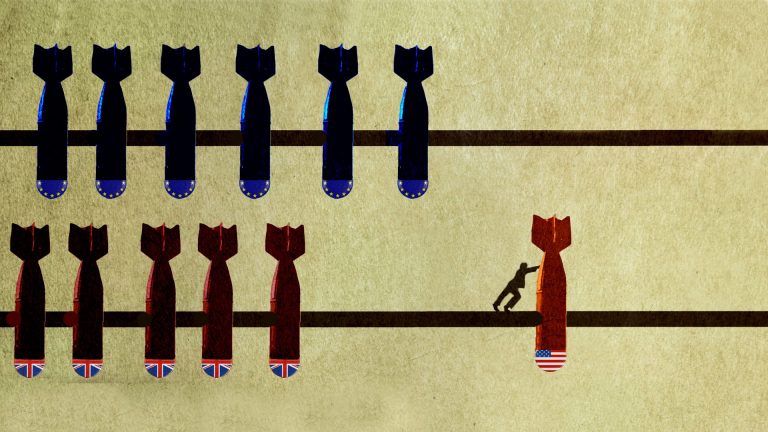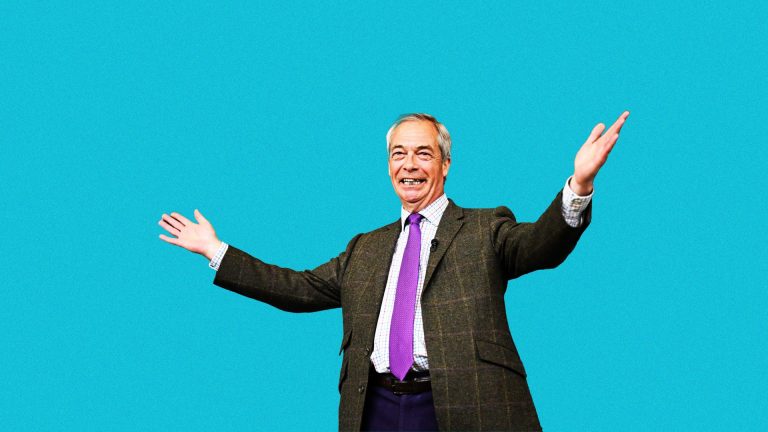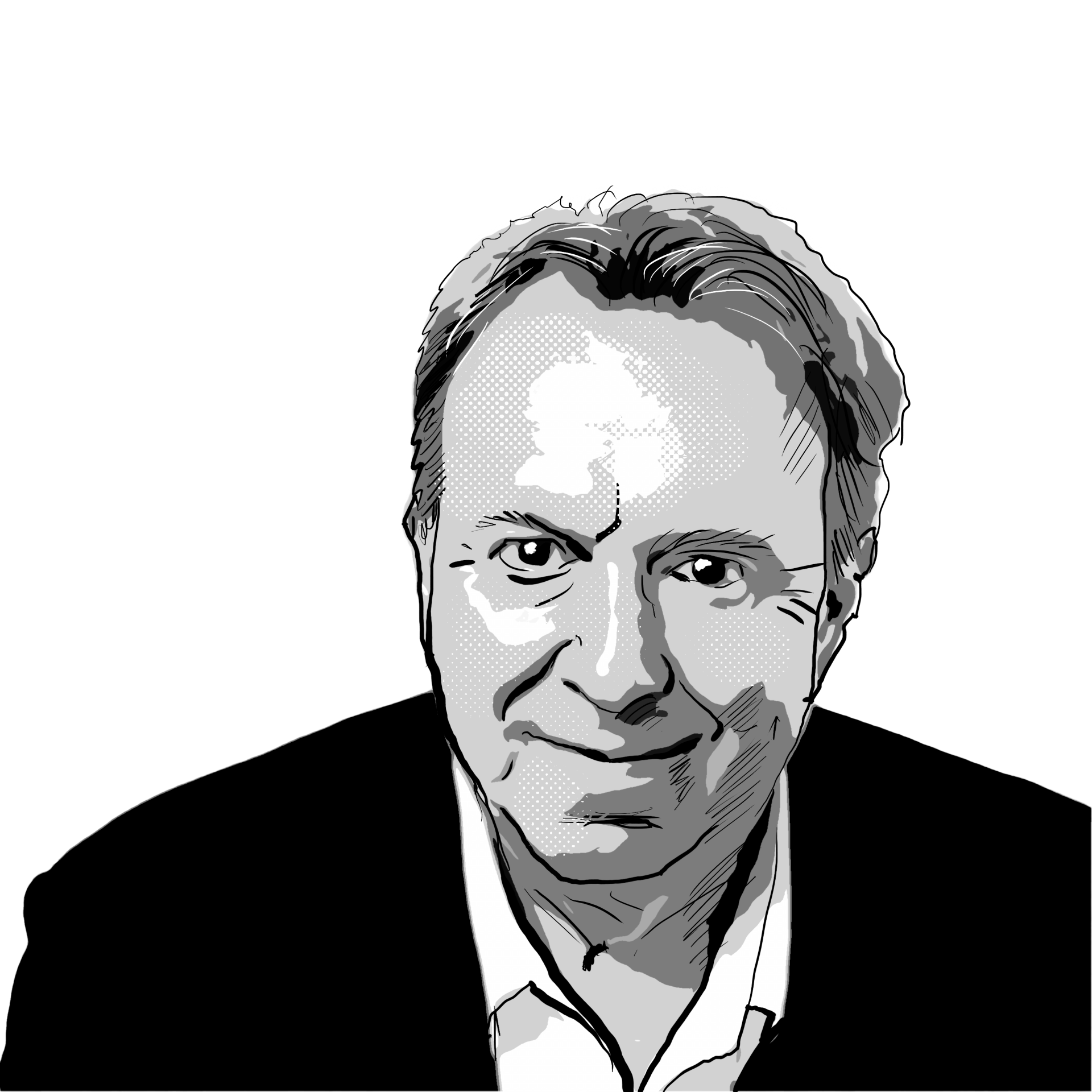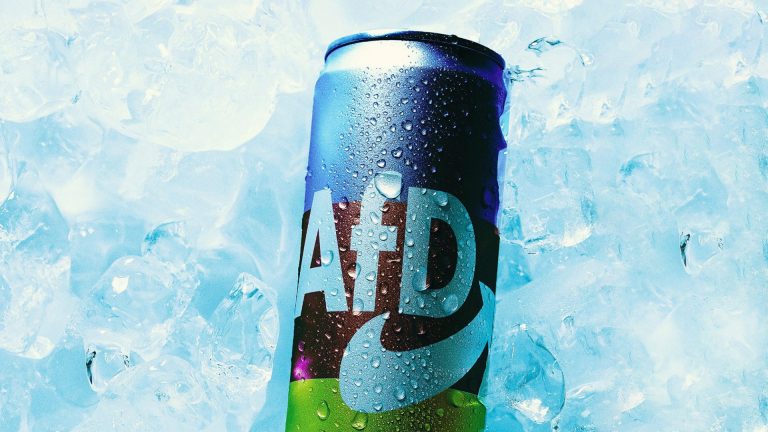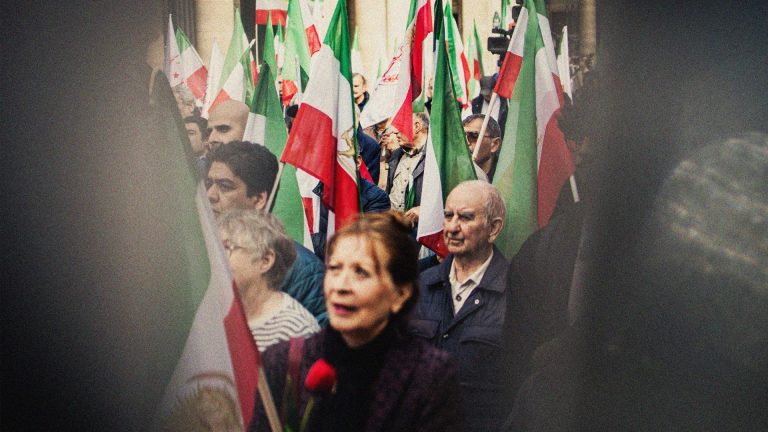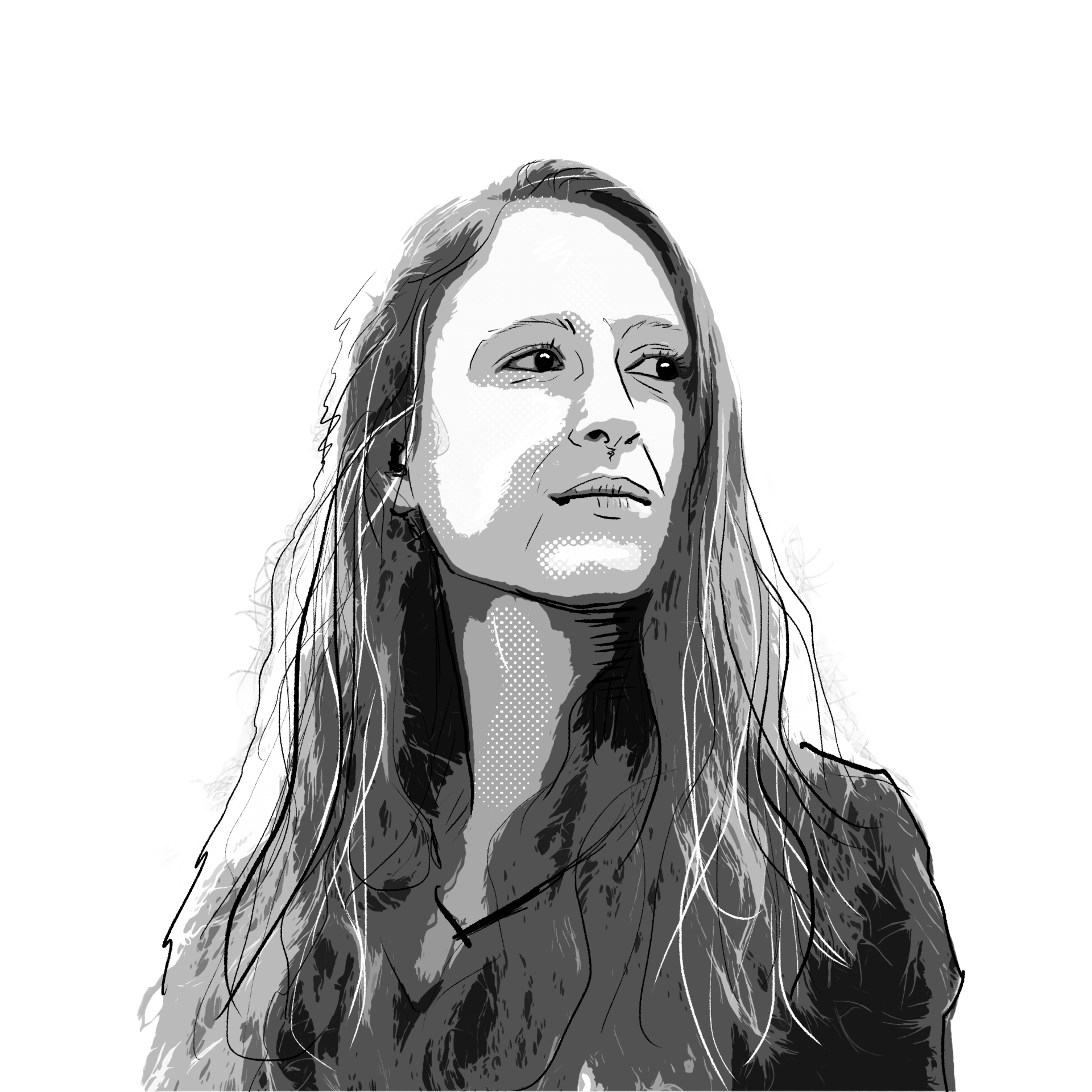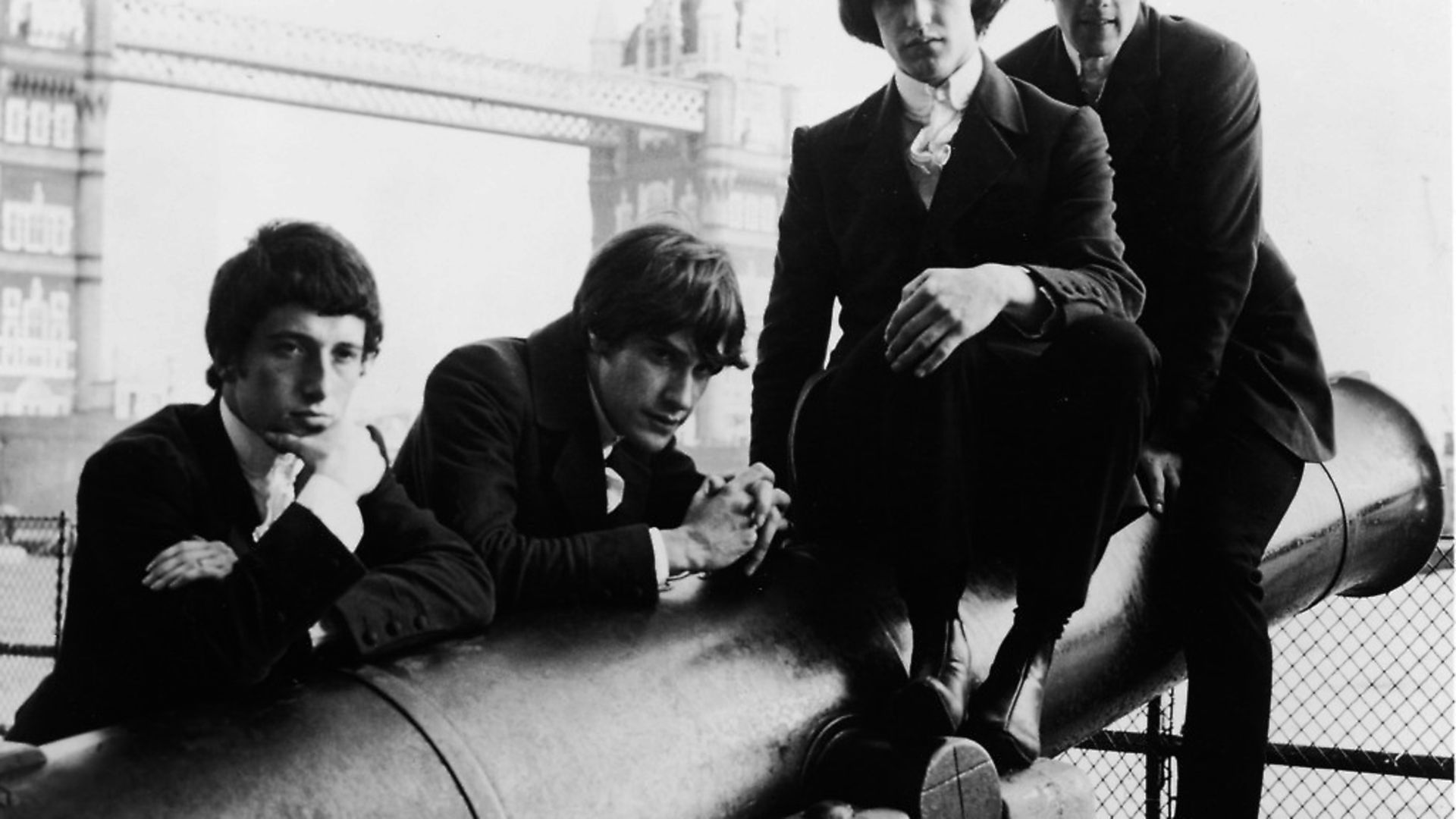
Never mind the musicians the capital has produced, SOPHIA DEBOICK concentrates on the songs it has inspired.
While London has been an international musical hub since the days of Handel, the legendary albums made and visionaries born there countless, it is as a songwriting subject that the city has been most intriguing. London’s landmarks have been namechecked in song right from the age of music hall. Pop Goes the Weasel (1853) famously mentioned City Road’s Eagle Tavern, a music hall from 1825.
But, more meaningfully, the capital has worked through the worst of times by way of songs about itself. And many artists have painted London in tones of drama and myth in their music, capturing the affection for it among those born and bred there, as well as its air of dangerous seduction for the wide-eyed incomer.
London’s wartime experience resulted in both misty-eyed odes to the city and rather less sophisticated morale-boosters. A Nightingale Sang in Berkeley Square (1939) was a bit of escapist romance, and became popular in the midst of the Blitz. Hubert Gregg, a stage actor turned propagandist for the Political Warfare Executive unit – he broadcast in fluent German to the enemy – wrote two significant London wartime songs. I’m Going To Get Lit Up (When The Lights Go Up In London) (1940) provoked concern in the Commons for its suggestion that the whole city would get monumentally drunk when peace came.
But it was rather overshadowed by Maybe It’s Because I’m a Londoner. Composed as doodlebugs flew overhead in 1944, it was made famous by Flanagan and Allen only after the war and became a standard of the Cockney knees-up.
Conceived in the midst of the Blitz, Noel Coward’s London Pride (1941) was one of the most poetic songs about London ever written. While the sentiments “Nothing ever can quite replace/ The grace of London Town” were straightforward enough, there was more complex imagery of the “Ghosts beside our starlit Thames/ Who lived and loved and died” and a “Grey city/ Stubbornly implanted/ Taken so for granted/ For a thousand years/ Stay, city/ Smokily enchanted/ Cradle of our memories and hopes and fears”.
In the post-war era it was West Indian immigrants who were celebrating the capital. Lord Kitchener’s London is the Place for Me opened with the chimes of Big Ben and was self-explanatory in its views, while Young Tiger’s I Was There (At the Coronation) was a calypso celebration of the event of 1952.
By the early 1960s, it was the London musical stage that was celebrating an idealised London, Stepney’s Lionel Bart leading the charge. His Fings Ain’t Wot They Used T’Be (1960), Oliver! (1960) and Blitz! (1962) fixed the Cockney stereotype in the public imagination, while Disney was also having a good crack at it via the faux-Edwardiania of Mary Poppins (1964), with songs about chimney sweeps and a bird woman on the steps on St Paul’s.
Tommy Steele went from skiffle sensation to tearing up the London stage in Half a Sixpence (1963), Hackney’s Anthony Newley – also making it big on stage in Stop the World – I Want to Get Off (1961), and evincing a similarly exaggerated east London twang – had a No.12 hit with Pop Goes the Weasel, bringing popular music right back to musical hall.
Both Steele and Newley formed a segue into the sounds of the 1960s for David Bowie (Brixton and then Bromley), who took on their general mien in his early work. His cinematic London Boys (1966) told the story of an innocent caught in the jaws of London and swallowed up in the London Mod scene of “pills” and “flashy clothes”.
London’s Mods would put forward an increasingly ‘far out’ image of London. Bowie’s Mod rock London Bye Ta Ta (1968) was upbeat but returned to the experience of the outsider. By 1970, and his Memory of a Free Festival – which eulogised an event run by the Beckenham Arts Lab in the summer of 1969 – a more hippyish idealism had taken root.
Glaswegian Donovan’s Sunny Goodge Street (1965) was a similarly dreamy, cello-laden affair about “a hash smoker”, but the Small Faces’ Itchycoo Park (1967) was the trippy London song to end them all, inspired by a park in Ilford where Steve Marriott played as a child. “It’s all too beautiful” summed up the age of psychedelia.
But it was The Kinks who were the kings of the mid-1960s London song, always looking back to the terraced house in Muswell Hill where the Davies brothers grew up. They were drawn by the pathos-edged glamour of the centre of the city too, from their ironic take on the spirit of Carnaby Street of Dedicated Follower of Fashion (1966), to the naïve teenager’s run in with Lola (1970) at “a club down in old Soho”. But Waterloo Sunset (1967), with its palate of euphoric resignation, was their masterpiece, its feel echoing the wonder a seven-year-old Ray Davies felt when he visited the Festival of Britain.
Coming at the end of the 1960s, Ralph McTell’s Streets of London (1969), in fact inspired by his time busking in Paris, may have been a gentle folk song, but its social commentary foreshadowed the political bent of London songs in the next decade, when images of a dystopian capital reflected the general death of optimism.
Punk exploded out of the King’s Road, and The Clash’s London’s Burning (1977) used gritty images of the Westway, but London Calling (1978) would unleash one of the most atmospheric songs ever recorded about the capital.
Surrey’s The Jam did a good line in urban songs. Their debut In the City (1977) was full of youthful defiance (“you’d better listen man/ Because the kids know where it’s at”); Strange Town (1979) was another new arrival song (“I’ve got blisters on my feet/ Trying find a friend in Oxford Street”); Down in the Tube Station at Midnight (1978) was about a suburbanite’s run-in with the National Front.
Siouxsie and the Banshees’ debut Hong Kong Garden (1978) was inspired by a Chislehurst Chinese takeaway that was routinely terrorised by the NF. While Elvis Costello’s London’s Brilliant Parade (1994) would affectionately namecheck great swatches of the capital, the earlier (I Don’t Want to Go to) Chelsea (1978) was full of the paranoia behind the chic face of the 1960s just past.
The kitchen sink drama of Squeeze’s Up The Junction (1979) was a presentiment of the quirky character sketches of Britpop in the 1990s, when Ray Davies’ whimsy hung heavy and Camden seemingly became the centre of the world.
Blur were knee-deep in London imagery, from the Romford racing dogs on the cover of Parklife (1994), to For Tomorrow (1993), which referenced the Westway, Emperors’ Gate and Primrose Hill.
Sheffield’s Pulp eschewed this cartoonishness, the scales falling from the eyes of the outsider and a rather seedier city being revealed. The jaunty Mile End (1995) was autobiographical, focussing on Jarvis Cocker’s sojourn in E3 (“The lift is always full of piss/ The fifth-floor landing smells of fish/ Not just on Friday/ Every single other day”).
His Bar Italia of the same year was an ode to desperate post-clubbing comedown visits to an Old Compton Street café.
Southerners Suede, experts in J.G. Ballard-esque urban decay, would fixate on escaping all this in the soaring piano-led ballad By the Sea (1996): “So we sold the car and quit the job/ And shook some hands and wiped the make-up right off/ And we said our goodbyes to the bank/ Left Seven Sisters for a room in a seaside shack.”
Indeed, the writers of London songs have often been pulled between trying to escape its privations and the city’s tawdry appeal. The greatest eulogisers of London have described an infatuated but dysfunctional relationship with the capital. The Pet Shop Boys – from North Shields and Blackpool – captured the thrills and threats of the city with rare perfection in West End Girls (1984), its opening synth strings and street noise full of both hope and foreboding.
Two Divided by Zero, the first song on their debut LP Please (1986), was about escaping to London, while King’s Cross (1987) found a lost soul drifting in the city (“I’ve been hurt and we’ve been had/ You leave home, and you don’t go back”).
But the Pet Shop Boys always had an overriding affection for the city, and the 2000s have been characterised by overt love letters to London. Hammersmith’s Lily Allen focussed on the ugly truth about city life beneath the surface on LDN (2006), but still concluded “Sun is in the sky, oh why, oh why/ Would I wanna be anywhere else?”
Grime brought an ultra-local focus to London’s music, as in Wiley’s Bow E3 (2007), with its raising up of the humdrum to significance (“Moon Lee Chinese, that’s Bow E3”), and burning local pride (“The whole of E3’s got so much talent”).
Dizzee Rascal’s Love This Town (2013) was completely unabashed in its bald enthusiasm (“There’s no place like home/ I love my city”), while Ed Sheeran and Stormzy’s Take Me Back To London (2019) declared “No town does it quite like my home/ So take me back to London”. A No.1 for five weeks into October this year, that seems the final word on London in song. For now, at least.




